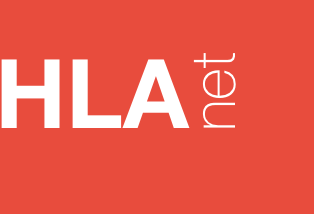Validate UNIFORMAT syntax
Check UNIFORMAT files for errors and performs expansion of valid abreviations (@, allele&allele), transliteration (or recoding) of allele names and their validation against the current version of the nomenclature or a custom defintion (see details below).
Overview
Read more about these tools (and see examples of input files) in the usage overview or watch a short introduction screencast.
Recoding allele names
This version of uniformate also performs data transliteration (recoding) when an optional transliteration file is provided.
Substitution files are one column lists of old_allele – new_allele, where new_allele can be a abridged UNIFORMAT allele expression:
allele or allele&allele or ...
Substitutions related to different loci are grouped under the LOCUS keyword, and the keyword for each locus is mandatory even if a given locus is not being changed (see example below where LOCUS 2 does not contain substitution rules):
# Example substitution file LOCUS 1 A*01:01:01 - A*01:01 A*02 - A*02:01&A*02:02&A*02:03 # note no substitution data below LOCUS 2 LOCUS 3 C*01:02 - C*01 C*01:03 - C*01 null - C*01:02&null
Validation of allele names
This version of uniformate also performs validation of allele names either against the current verison of the IMGT/HLA nomenclature, either against a user supplied nomenclature file.
Nomenclature files are either old version of the official nomenclature, or files that are similar json two values files (only the second element taken as a valid name) or, more simply, one column lists of allele names (all loci confunded) as shown below.
# Example simple nomenclature file A*01:01 A*01:02 A*02 ## more lines [suppressed in this exemple] ## allele can be defined at very different levels and even be redundant ## order is not important DRB1*123:456:789 ## valid allele names do not need to be HLA names DiseaseMarker NonDisease
Screencast tutorial
Not sure? Are you more visual? Need a refresh? Let José walk you through the main features of this tool.
HLA-net : Uniformate v1 from HLA-net on Vimeo.

